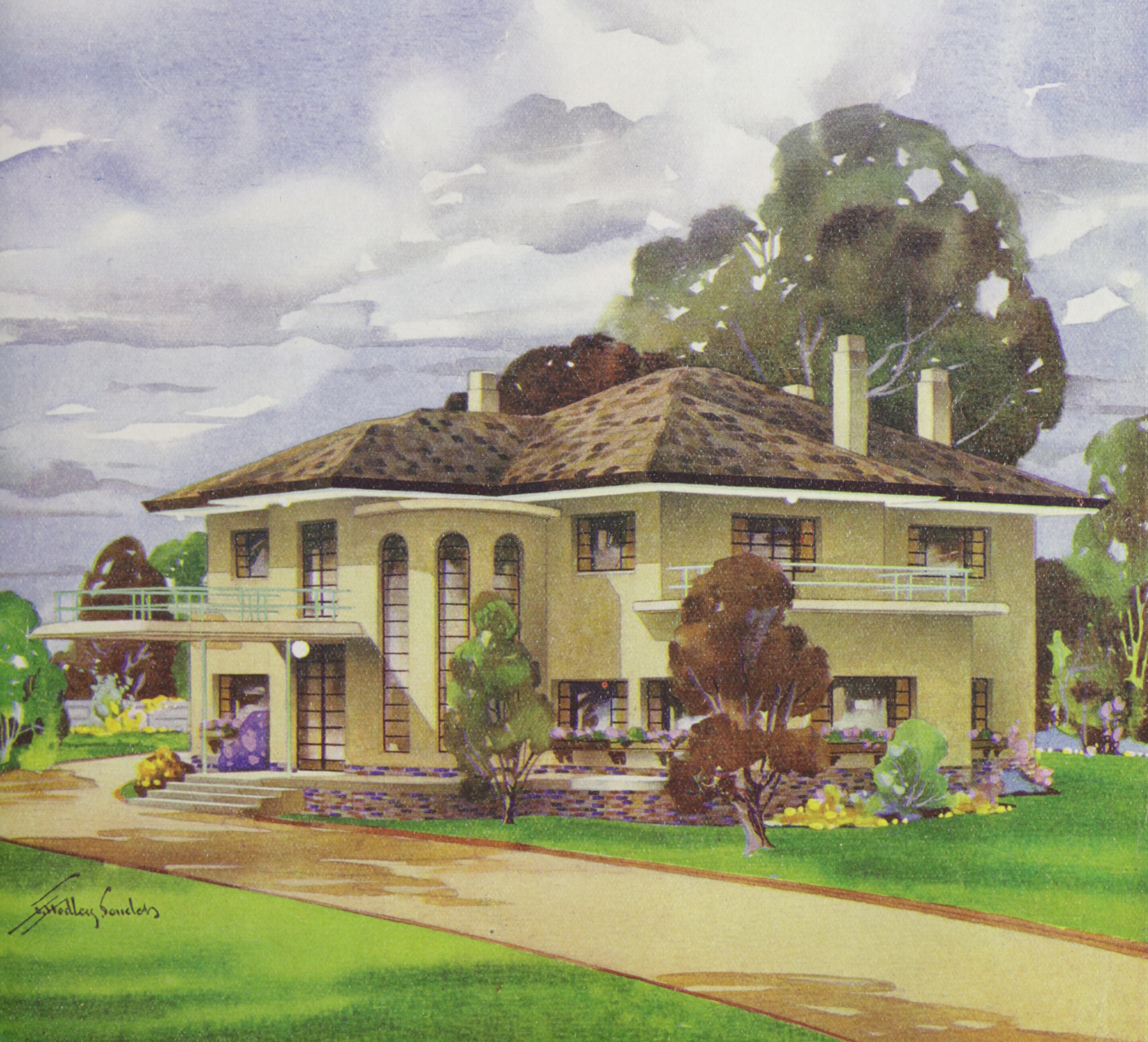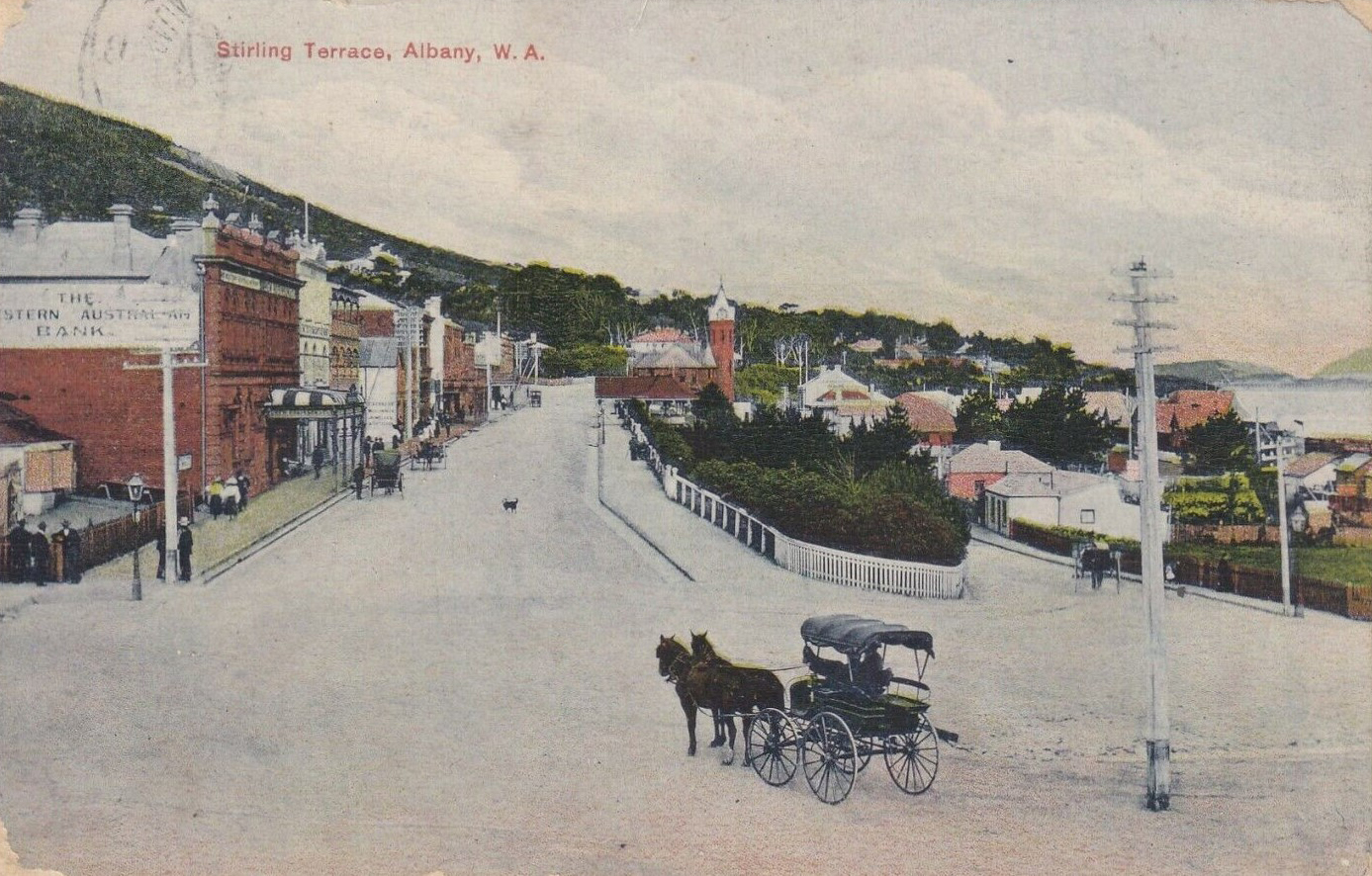
History of your home
Learning the history of your home, suburb or hometown can be a fun foray into understanding your current environment and an entry point into researching your local history. Researching the homes of your ancestors can also help you gain a clearer picture of your family’s history.

Building your research foundation
Just like when researching your family history, it’s best to start with what you already know. If you’re researching your own home, this could include gathering documents like the title deed, sales contracts, or home inspection reports. Talking to the previous owners (if you’re able to) or your neighbours may also shed some light on the property’s history.
Another way to start your research is by identifying the architectural style of your home. See our guides to 19th century and 20th century architecture styles in Australia.
The great news is, even if all you have is an address, you can still get started with your research using Trove. But be warned, you may find skeletons in your closet.
Constructing your Trove search

A search for your home in Trove can start as simply as typing an address into the search bar. We recommend trying a few variations of your address as well. If your full address doesn’t surface any results, try using just the street name plus the suburb or town.
Older properties were sometimes given names, and using this as your search phrase can be a terrific way to find stories about them. You might consider coupling the property name with other location-based keywords, such as the name of the town, region, or State/Territory.
Local newspapers and home design magazines
A newspaper search may reveal stories about the property or its residents. Discoveries you might make include for sale ads for the property, and events and news involving the house or its residents.
Trove is also home to many Australian architecture and home design magazines from yester-year (some of which are still in print today). These magazines published editorials on beautiful and interesting homes.
Take, for example, a search for the grand Sydney home of “Gladswood”. When looking in Trove’s Magazines category, several articles surface about the design of the house, such as this Building article from 1919 about designing additions for the home.

In this 1921 feature in The Home, we learn that the owners are Mr and Mrs Spencer Brunton. However, when searching the newspapers category, this quaint little article from 1934 reveals that it’s a Mr and Mrs von Teidemann who are entertaining at the house.
Post office directories
Post office directories are a useful historical resource that can give you a snapshot of who lived in an area. You can use this to find out who used to live in your house, as well as find out about local business. If you’re studying your family history and have the name of an ancestor, you may also find these directories useful in finding where they lived and, if you’re lucky, their occupation.
Trove has several digitised post office or city directories, including the Wise’s New South Wales post office directory and the Sands Postal Directory. If the directory for your area has not been digitised yet, your local State or Territory library or the National Library of Australia may hold a copy.

City directories are often more detailed than rural directories, however even then they don’t always list the street number for every property. It can be useful to study a map of the streets around yours, as sometimes a directory may be organised by blocks.
Why post offices? These books were typically published annually and were often created by or in collaboration with the postal service to help with mail delivery.
Researching the history of the town or suburb of your house can reveal surprising facts and can help you gain a clearer picture of your house’s past. Historical almanacs, such as Walch's Tasmanian almanack or Waugh's Australian almanac, can also provide information on your hometown.
Maps and Town Plans
Trove can be used to find historical maps, town plans, land surveys and subdivision plans, all of which can reveal the history of a property. When you compare maps of the same area from different time periods, you’ll be able to trace how your neighborhood has changed over time.

Early town plans will show you street names, property boundaries and public facilities. They may even include the name of the owner, like this 1894 map of Kamarooka in regional Victoria.
In Trove you can also find subdivision plans, auction plans and land sale plans. These were created by real estate agents to promote land sales and auctions. This map for example, details available lots in the “splendid town” of Riverstone... which is now a suburb in North-West Sydney.

Or this beautifully designed map of Bungendore from 1884, which uses colour-coding to show the various price points for available lots.

Records such as these can provide context on when the land your property sits on was sold, or when larger properties may have been subdivided.
By looking at historical maps of your hometown, you may even discover that the land your property is built on originally had a different use or intended use. When researching the history of Hackett, a suburb in Canberra, one local community group found plans for a cemetery that was never built. By comparing the map to a contemporary map, they were able to pinpoint the exact location it would have been.
Images of your hometown

Your property might not always be named in an image title or description. Browsing images of a town or local area may lead you to stumble across a photograph of your property. Even if you don’t spot the specific property you’re researching, you may discover the streets your ancestor walked down, the stores they shopped in or the local facilities they enjoyed.
Visit our neighbours
When you’ve exhausted all the search terms you can think of in Trove, it might be time to look beyond the metaphorical garden wall. State and Territory public record offices might have the answers you’re looking for.
Other useful records for discovering the history of your home, include:
-
Property records, which can include information about past owners, sales, and changes to the property.
-
Building permits, which can call you about major changes or additions to the property.
-
Historical census records, which can provide information on who lived in the house during certain time periods.
The National Library of Australia, your State or Territory library, and local historical and family history societies can also be a great source of information and may have records and stories that aren’t yet available on Trove. For further reading, see the National Library of Australia’s guide to tracing the history of house.